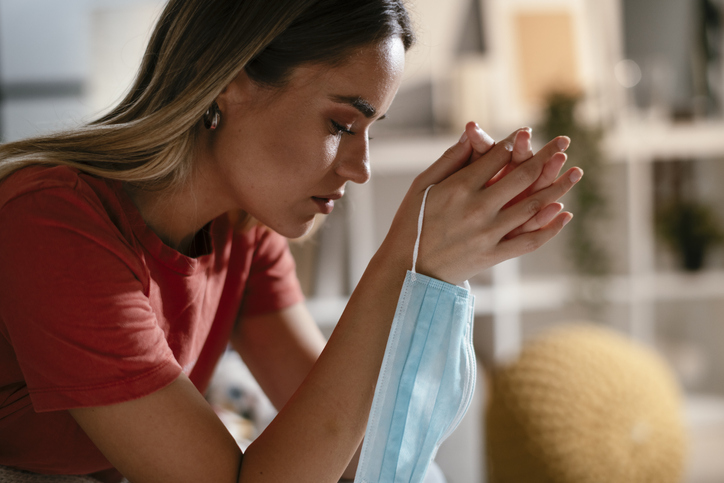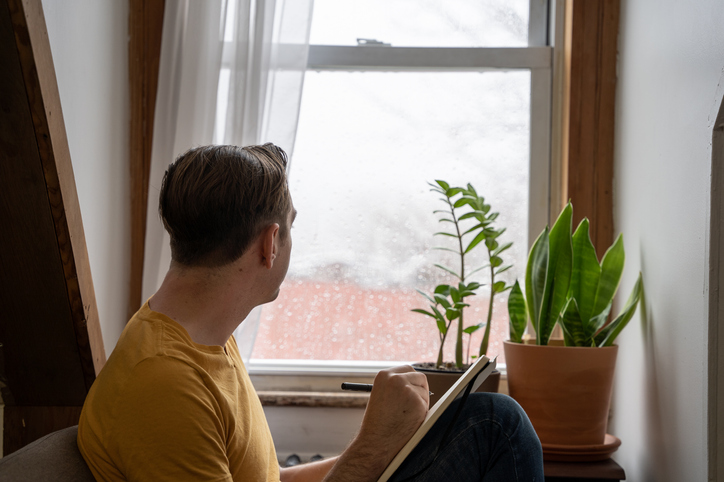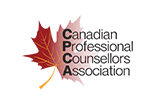
As the world moves towards reopening public spaces and services, many individuals are faced with a new kind of social unease: re-entry anxiety. This refers to a fear of the changes that occur as we return to our old way of living, including socializing, travelling, and working (KlearMinds, 2021). Having spent over a year with limited social contact, many people are finding unexpected stress with the prospect of re-entering a busy world (Reynolds, 2021).
As quarantine restrictions lift and COVID-19 vaccinations continue, it is important for everyone to find ways to ease themselves back into the routine of daily life. This is where a counselling therapist can help. Graduates of the Professional Counselling Diploma Program at Rhodes Wellness College can find satisfaction in providing clients with life-changing advice as they navigate through difficult times such as these. By offering emotional, physical, and mental support, you can help clients identify the cause of their re-entry anxiety and implement productive changes that will help get their lives back on track.
Understand the Root of a Client’s Anxiety as a Counselling Therapist
Re-entry anxiety can stem from a number of concerns, and the approach that you take as a counselling therapist will depend upon that root cause. There are a lot of reasons that clients may feel anxiety about returning to normal after the pandemic, including fears of getting sick, a change in their work-life, and uncertainty about social interactions (Ali, 2021). Anxious thoughts about one’s appearance, social skills, or success in the workplace can all harm one’s confidence in themselves and their abilities (Klearminds, 2021).
Many studies show that identifying—and labelling—one’s emotions can reinstate a sense of control; when you know what is unsettling you, you are able to challenge that thought at its core (Ali, 2021). As a counselling therapist, you should ensure that a client’s concerns are heard and their feelings validated. Additionally, you can reassure them that they are not alone in their anxiety. A poll of WebMD readers found that 25% were afraid to go to the store, while 15% were afraid to leave their house during the pandemic (Martin-Hidalgo Birnbaum, 2020).

Encourage Clients to Focus on the Facts
Once you have identified the cause of a client’s re-entry anxiety, it is your job to work with the client to ease their concerns. As with many forms of anxiety, the client’s mind will often disproportionately focus on these concerns and misinterpret these feelings as a real threat, rather than just thoughts (Pikorn, 2022). As such, registered professional counsellors should help clients understand that their anxiety is a product of their mind.
To counteract anxious spirals, encourage clients to focus on the facts. Relying on trusted sources from national and local health departments for information on the state of COVID-19 can help clients make informed decisions as they return to their daily activities (Berardinelli, 2022). Rather than focusing on public speculation, it can be valuable for a client to turn their attention to the things and practices that are in place to protect them (Martin-Hidalgo Birnbaum, 2020). These may include extra hand washing facilities or limited capacities during busy periods (KlearMinds, 2021).

Start With Small Changes
The best way for many people to cope with significant changes in their lives is to start small. Experts agree that re-entry should be a gradual process, and as such, individuals should take one encounter at a time and evaluate their comfort levels (Reynolds, 2021). Exposing oneself to different elements of their daily routine at a time can help to reduce the stress and worry that comes from feeling overwhelmed (Berardinelli, 2022).
As a counselling therapist, you can work with your client to implement a plan that involves them taking small steps towards normalcy. For example, they could start by taking a walk in their area or chatting with a neighbour. They can then ease themselves into essential public spaces, such as the grocery store (Berardinelli, 2022). By offering a combination of emotional support and proactive strategies, you can help clients adjust to the changes of the future.
Are you interested in earning your professional counselling diploma?
Start your career with the help of Rhodes Wellness College.
Works Cited:
Ali, C. (2021). Re-entry anxiety: How to adjust to a new, uncertain routine. Beyond: UBC. Retrieved Jan 31, 2022, from https://beyond.ubc.ca/re-entry-anxiety/
Berardinelli, S. (2022). Coping with COVID re-entry anxiety. Bancroft NeuroRehab. Retrieved Jan 31, 2022, from https://neurorehab.bancroft.org/resource-articles/coping-with-covid-re-entry-anxiety/
KlearMinds (2021). Coping with Re-entry Anxiety After Covid. Retrieved Jan 31, 2022, from https://www.klearminds.com/blog/coping-with-reentry-anxiety-after-covid/
Martin-Hidalgo Birbaum, M. & Miller, K. (2020). As Society Reopens, Not Everyone is Ready. WebMD. Retrieved Jan 31, 2022, from https://www.webmd.com/lung/news/20200505/as-society-reopens-not-everyone-is-ready
Pikorn, I. (2022). What Is An Anxiety Spiral? InsightTimer. Retrieved Jan 31, 2022, from https://insighttimer.com/blog/what-is-an-anxiety-spiral/
Reynolds, B. (2021). Feeling Re-Entry Anxiety? Expert Advice on Navigating COVID-19 Reopenings. University of California San Francisco. Retrieved Jan 31, 2022, from https://www.ucsf.edu/news/2021/05/420581/feeling-re-entry-anxiety-expert-advice-navigating-covid-19-reopenings









